A Deeper Look: The Role of Pressure Points in Karate Philosophy
Introduction
Karate, a martial art that has evolved over centuries, is not merely a physical discipline but a comprehensive philosophy that integrates mind, body, and spirit. One intriguing aspect of karate is the use of pressure points, which plays a pivotal role in both the physical and philosophical aspects of the art. This article explores the significance of pressure points in karate, linking their physical applications to deeper philosophical underpinnings.
Understanding Pressure Points
Pressure points, also known in the context of martial arts as “kyusho” or “tsubo,” are areas on the body where nerves, blood vessels, or vital organs are concentrated. When manipulated correctly, these points can produce various physical effects, such as pain, paralysis, or unconsciousness. In karate, effective application of pressure points can determine the outcome of a confrontation, serving as a metaphor for a deeper understanding of balance, control, and restraint in both combat and life.
Historical Context
The concept of pressure points is not exclusive to karate; it can be traced back to ancient Chinese medicine and martial arts. Practitioners of traditional Chinese medicine have long utilized the theory of meridians and acupressure points in treating various ailments. Karate, having been influenced by Chinese martial arts, adopted many of these concepts and adapted them within its own framework.
The Philosophy of Pressure Points
The study of pressure points in karate epitomizes a broader philosophical discourse in martial arts that underscores balance, awareness, and responsibility. By mastering pressure points, karate practitioners gain intricate knowledge of human anatomy, but this knowledge also comes with significant moral and ethical implications.
The Balance of Power and Responsibility
At its core, karate teaches practitioners the importance of balance—both physically and ethically. The philosophy extends beyond the dojo into everyday life, emphasizing judicious use of one’s abilities. The ability to strike pressure points effectively grants significant power; thus, practitioners must understand the responsibility that accompanies such skill. This dual aspect echoes through karate’s foundational tenet, “karate ni sente nashi” (there is no first attack in karate), which prioritizes self-defense over aggression.
Control and Restraint
Control lies at the heart of karate philosophy, and understanding pressure points reinforces this concept. A practitioner who learns to harness their skills must also cultivate restraint, ensuring that their knowledge of pressure points is used judiciously. This connection fosters emotional discipline, encouraging practitioners to reflect on their actions and instilling a sense of accountability.
The Application of Pressure Points in Karate
While the philosophical dimensions are profound, the practical applications of pressure points in karate cannot be understated. Understanding how to locate and strike these points enhances a practitioner’s efficiency in combat.
Anatomy of Pressure Points
Pressure points correspond to specific anatomical landmarks that can be divided into several categories based on their function and the effects they produce. Notable examples include:
- Vital Points: These are areas that can incapacitate an opponent through strikes. For instance, the temple and solar plexus are common targets.
- Nerve Points: Striking certain nerve clusters can induce pain or temporary loss of function. The peroneal nerve, located on the outside of the knee, is a notable example.
- Circulatory Points: These points influence blood flow and can disrupt the opponent’s oxygen supply. The carotid artery is a prime example.
Techniques and Training
Karate practitioners train rigorously in techniques that target these pressure points. Drill routines often focus on specific strikes, joint locks, and grappling methods intended to enhance effectiveness during sparring or self-defense situations. This approach not only develops physical prowess but also deepens the connection between the mind and body.
- Kumite (Sparring): Engaging in controlled sparring allows practitioners to experiment with different strikes aimed at pressure points, observing their effects in real-time while practicing restraint.
- Kata (Forms): The practice of kata serves a dual purpose: it helps solidify the principles behind pressure point strikes while also allowing practitioners to embody the philosophy of karate through movement.
- Self-Defense Techniques: Real-world applications for pressure points enable practitioners to respond effectively to threats without resorting to excessive force.
The Intersection of Philosophy and Practice
The interplay between pressure points and karate philosophy is evident in both training and application. The following sections will explore how this intersection manifests, providing insights into the broader implications of mastering pressure points.
Conflict Resolution and Self-Defense
The ability to incapacitate an opponent with minimal force is not just a physical skill but a philosophical stance against unnecessary violence. Practicing with pressure points encourages karateka (karate practitioners) to seek non-lethal solutions to conflicts, adhering to the foundational principle of responsible martial arts practice.
Mindfulness in Combat
Cultivating awareness and mindfulness is integral to effectively utilizing pressure points. Practitioners must remain present to accurately identify and execute techniques that involve pressure points. This awareness extends beyond the physical realm, fostering emotional intelligence and self-control, essential for navigating life’s challenges.
Emotional and Psychological Growth
Understanding and applying pressure points cultivates emotional resilience among practitioners. The discipline involved in mastering these techniques translates into greater self-confidence, leading to personal growth and improved interpersonal relationships.
Contemporary Implications of Pressure Points in Karate
As karate continues to evolve in the modern world, the role of pressure points remains relevant in various contexts, including martial arts competitions, self-defense training, and holistic health practices.
Stress Relief and Well-being
Karate training, which emphasizes body awareness and mental focus, can be a therapeutic outlet for relieving stress. The principles derived from pressure points extend to practices like acupressure and acupuncture, with many karate practitioners applying these concepts within a holistic health framework.
Self-Defense in Modern Society
In an increasingly unpredictable world, karate’s emphasis on pressure points offers practical self-defense strategies that prioritize self-protection without escalating tensions. This perspective aligns with contemporary societal needs for effective de-escalation techniques.
Integration with Other Martial Arts
Modern karate practitioners often explore the integration of pressure point theory with other martial arts, such as jiu-jitsu or traditional Chinese martial arts. This cross-pollination fosters a more comprehensive understanding of body mechanics, enhancing overall martial arts proficiency.
Challenges and Misconceptions
Despite the numerous benefits of incorporating pressure points into karate practice, several challenges and misconceptions persist.
Overemphasis on Physicality
One of the most common misconceptions is the overemphasis on the physical application of pressure points, leading practitioners to view karate solely as a means of combat rather than a holistic philosophy. It is crucial to balance physical mastery with mental and emotional growth.
Risk of Injury
Inadvertently striking pressure points can lead to serious harm, necessitating a thorough understanding and responsible application of techniques. Practitioners must prioritize safety and ethical considerations, emphasizing self-restraint—an essential aspect of karate philosophy.
The Myth of Instant Mastery
Another significant challenge lies in the misconception that pressure point techniques can yield immediate results. Mastery requires consistent training, understanding body mechanics, and emotional intelligence, reflecting karate’s broader philosophical principles.
Conclusion
The exploration of pressure points in karate extends beyond mere physical techniques; it intricately weaves together philosophy, ethics, and personal growth. Understanding these concepts cultivates responsible practitioners who embody the principles of balance, restraint, and mindfulness in both martial arts and life. As karate continues to evolve, the role of pressure points will remain a testament to the art’s rich philosophical heritage, influencing future generations of karateka.
References
- [Modern_footnote_source] Specific references would typically be included here to provide continuity and depth to each argument made in the text. This could include historical texts on karate, academic articles on pressure points, and philosophical treatises relevant to martial arts.
Please let me know if you’d like me to condense or expand any specific sections!








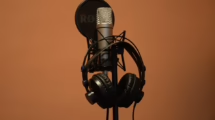
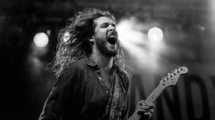
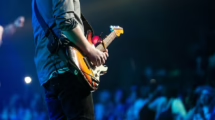
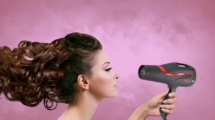



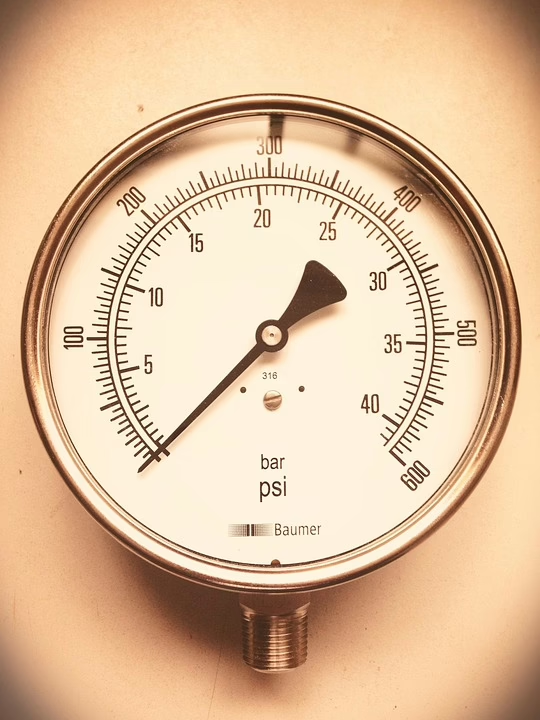


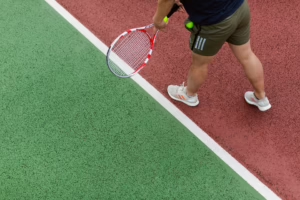
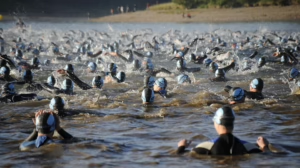

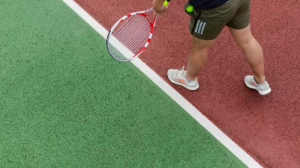




Add Comment